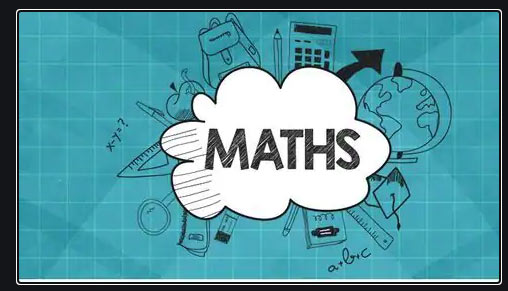Likewise called the distributive law of multiplication, it is among the most frequently applied properties in mathematics.
When you distribute something, you are dividing it into parts. In math, the distributive property helps simplify difficult problems due to the fact that it breaks down expressions into the sum or difference of 2 numbers.
Definition
For expressions in the form of a(b+c), the distributive property shows us how to solve them by:
- Multiplying the number immediately outside parentheses with that inside
- Adding the products together
Distributive property of multiplication over addition
Despite whether you work with the distributive property or follow the order of operations, you’ll get to the exact same answer. In the first example listed below, we simply evaluate the expression according to the order of operations, easily simplifying what was in parentheses first.
2 ( 4 + 5 ) = 2 ( 9) = 18
Using the distributive law, we:
- Multiply, or distribute, the external term to the inner terms.
- Combine like terms.
- Solve the equation.
Let’s use a real-life scenario to help make this clearer.
Suppose a boy and his two friends each have 4 bananas and 2 apples in their lunch boxes. How many total fruits they all have?
In their lunch box or parenthesis, they gave 4 bananas and 2 apples. Now to find total fruits we have to multiply the total number of boys to the sum of fruits as:
3 ( 4 + 2 )
When we break it we multiply boys to bananas and apples separately to get the number of bananas and apples separately. I,e
3 * 4 + 3 * 2
12 (Bananas) + 6 (Apples) 18
Distributive property of multiplication over subtraction
Similar to the operation above, executing the distributive property with subtraction follows the same guidelines– other than you’re looking for the difference instead of the sum.
4 ( 5 - 3) = 4 * 5 – 4 * 3 = 20 – 12 = 8
Distributive property with variables
The distributive property allows us to simplify equations when handling not known values.
Making use of the distributive law with variables included, we can isolate x:
- Multiply, or distribute, the external term to the inner terms.
- Add or subtract like terms.
- Arrange terms so that constants and variables are on opposite sides of the equal sign (=).
- Evaluate the equation and simplify, if required.
2 (x – 8) = 15 (2 * x) – (2 * 8) = 15 2x – 18 = 15 2x – 18 + 18 = 15 + 18 2x = 33 2x/2 = 33/2 x = 16.5
Conclusion:
As one of the most frequently utilized properties, it is essential to learn how to perform and use the distributive property. Without it, clearing the parentheses would not be possible!
To learn this property clearly, you have to perform multiple examples related to the distributive property.

